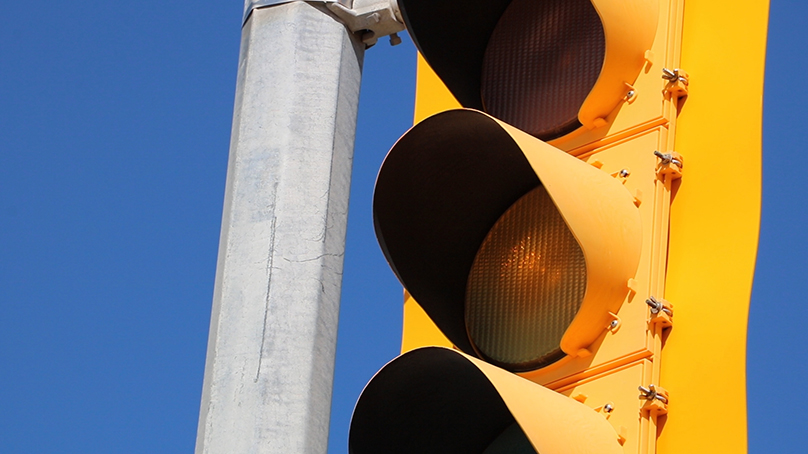
When first responders drive to an emergency, they need to get there fast. Every second that goes by matters. When the traffic lights are green on their route, they can get to the scene as quickly as possible.
That’s why we tested emergency vehicle pre-emption, which allows us to change red and yellow traffic lights to green when approaching an intersection.
In 2024, we installed pre-emption devices in fire and paramedic vehicles stationed at WFPS Station 4 (150 Osborne Street). Throughout the year, crews have been testing changing the lights on Osborne Street to green as we approach.
So far, we’ve seen positive results. While there was some construction on Osborne Street during the test that made it hard to compare apples to apples for response times, crews noticed an anecdotal improved response time. They also experienced easier driving conditions and didn’t report any collisions at intersections.
If crews must drive through an intersection on a red light, they will use lights and sirens and extreme caution. However, sometimes drivers coming the other way don’t see our vehicles, leading to a collision or near miss. Other times, there are collisions happening after our vehicles pass through an intersection. Of course, we want to avoid creating any additional emergencies or traffic impacts when crews respond, and traffic pre-emption has helped make it clear who has the right-of-way and who should stop.
But it’s more than just a helpful tool for responders. This technology helps set us up for the future. The 2020 WFPS Master Plan outlines where all the stations should be placed, in a best-case scenario, to improve response times and use our resources as effectively as possible. This plan suggests reducing the total number of stations from 30 to 24. But, it depends on city-wide emergency vehicle pre-emption to ensure we can get where we need to go from fewer stations.
In the meantime, we are always adjusting our operations to manage the high call volumes we see in Winnipeg.
In 2025, we changed the way we dispatch crews to emergencies. We also changed how we sort calls, now into five categories for dispatch instead of two. This allows us better precision in choosing which crew to send to which emergency. It also reduces the total number of calls where crews need to use lights and sirens. All these changes help us use our resources to improve emergency response for people in Winnipeg.
We hope to install emergency vehicle pre-emption devices in all WFPS front-line vehicles and traffic lights by 2028. We will start by installing the technology in major traffic corridors such as Regent Avenue and Main Street . The total cost for this change is $1.8 million upfront and $156,000 each year to maintain the changes.
As always, we still depend on drivers to help us get to emergencies quickly. If you see our crews coming, stop and move the right, Stay stopped until they pass and be on the lookout for more crews following behind. Together, we can help keep our roads safe.
